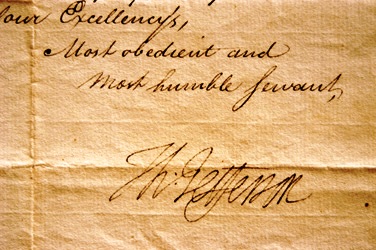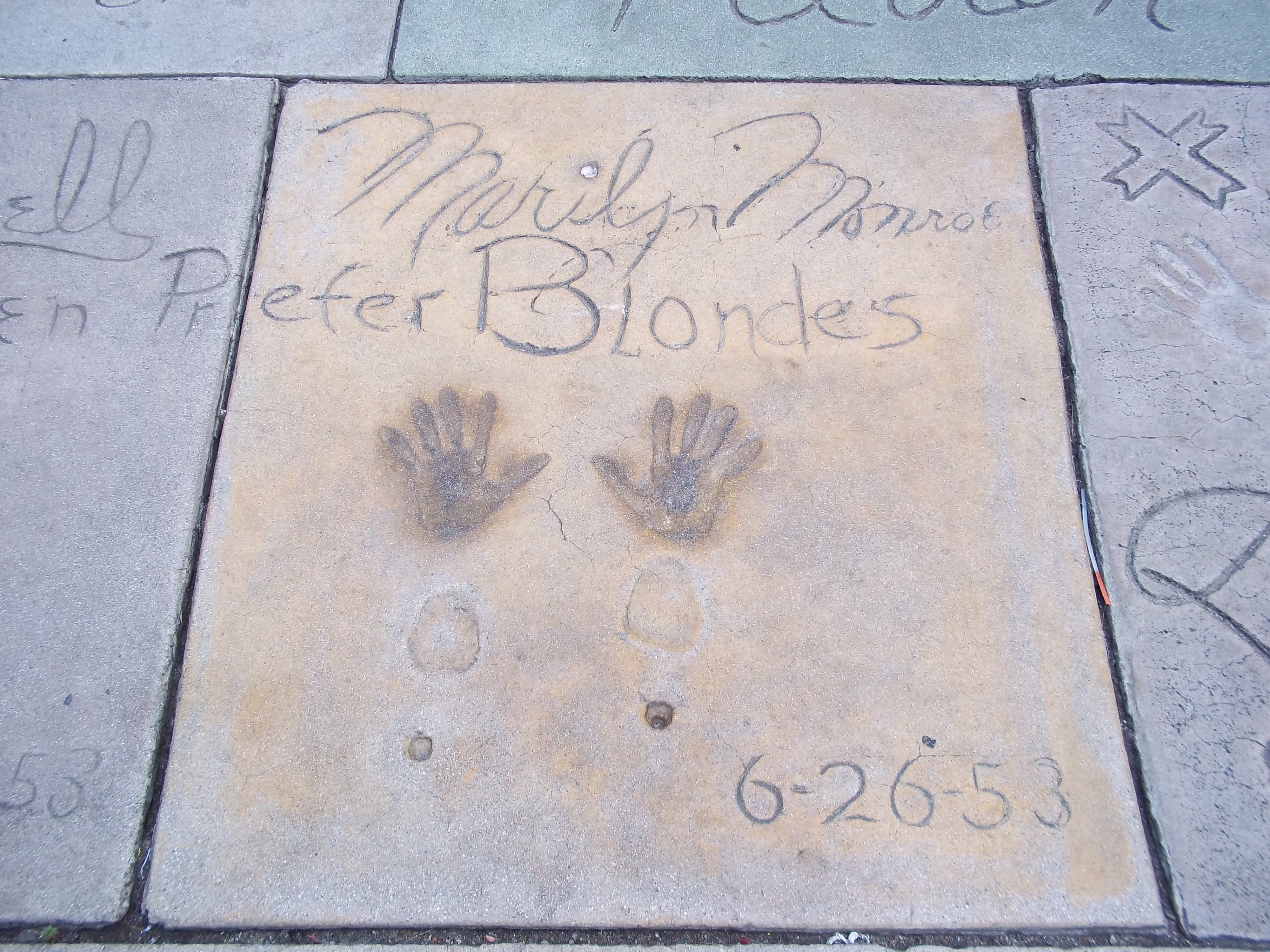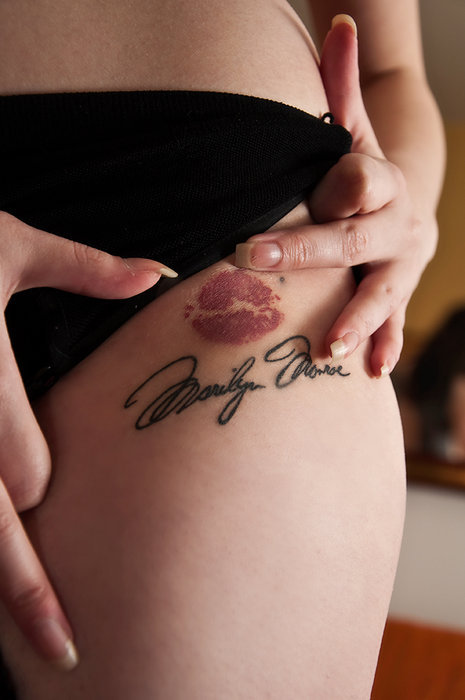Marilyn Monroe Stuff Biography
Source link (google.com.pk)
Soon thereafter she had a small walk-on role in the Marx Brothers film Love Happy (1949). Monroe impressed the producers, who sent her to New York to be featured in the film's promotional campaign While on the East Coast, she and Andre de Dienes, one of Norma Jeane's early photographers, shot a famous series of pin-up shots of her at Long Island's Tobay Beach, in Oyster Bay, New York
After signing on with Johnny Hyde, Monroe had brief roles in three films, A Ticket to Tomahawk, Right Cross, and The Fireball, all of which were released in 1950 and brought no attention to her career. Hyde soon thereafter arranged for her to audition for John Huston, who cast her in the Metro-Goldwyn-Mayer drama The Asphalt Jungle as the young mistress of an aging criminal. Her performance brought strong reviews, and was seen by the writer and director, Joseph Mankiewicz. He accepted Hyde's suggestion to cast Monroe in a small comedic role in All About Eve as Miss Caswell, an aspiring actress, described by another character, played by George Sanders, as a student of "The Copacabana School of Dramatic Art". Mankiewicz later commented that he had seen an innocence in her that he found appealing, and that this had confirmed his belief in her suitability for the role. Following Monroe's success in these roles, Hyde negotiated a seven-year contract for her with 20th Century Fox, shortly before his death in December 1950It was at some time during this 1949–1950 period that Hyde arranged for her to have a slight bump of cartilage removed from her somewhat bulbous nose which further softened her appearance and accounts for the slight variation in look she had in films after 1950.
In 1951, Monroe enrolled at University of California, Los Angeles, where she studied literature and art appreciation. During this time Monroe had minor parts in four films: the low-budget drama Home Town Story with Jeffrey Lynn and Alan Hale, Jr., and three comedies: As Young as You Feel with Monty Woolley and Thelma Ritter; Love Nest with June Haver and William Lundigan; and Let's Make It Legal with Claudette Colbert and Macdonald Carey, all of which were filmed on a moderate budget and only became mildly successful.] In March 1951, she appeared as a presenter at the 23rd Academy Awards ceremony.] In 1952, Monroe appeared on the cover of Look magazine wearing a Georgia Tech sweater as part of an article celebrating female enrollment to the school's main campus. In the early 1950s, Monroe unsuccessfully auditioned for the role of Daisy Mae in a proposed Li'l Abner television series based on the Al Capp comic strip, but the effort never materialized.









No comments:
Post a Comment